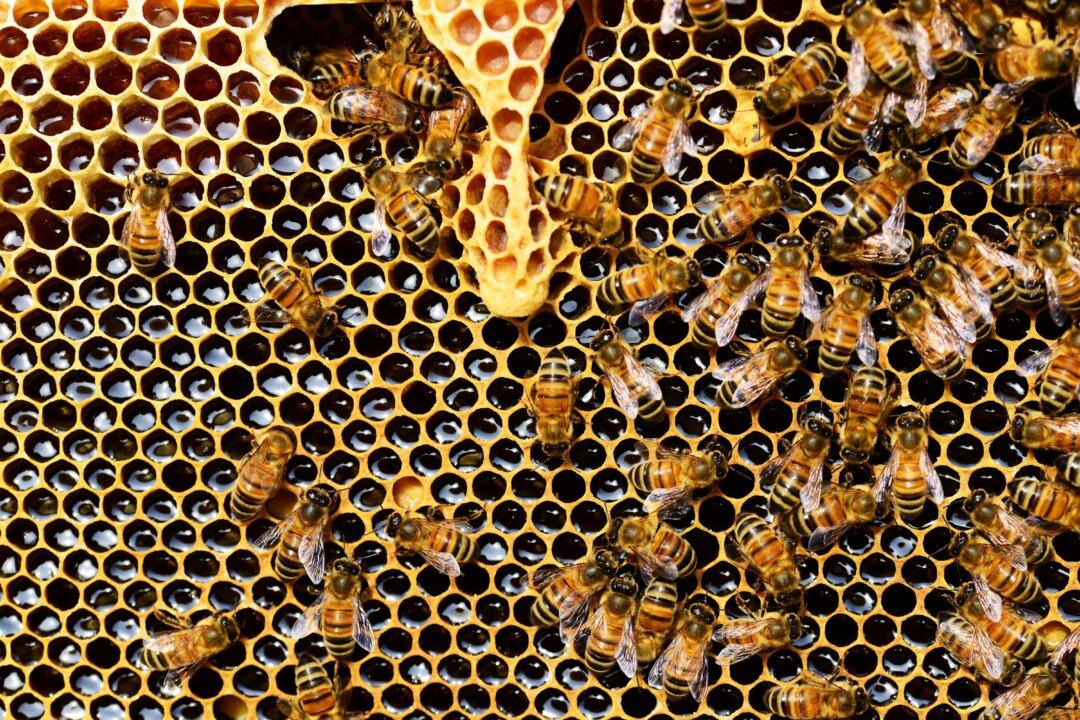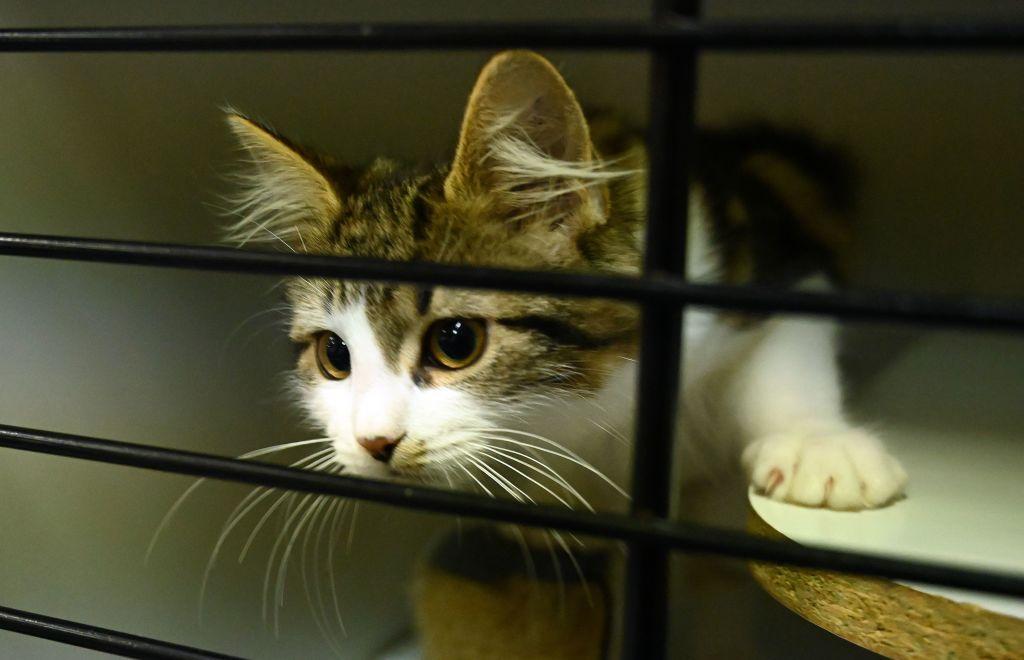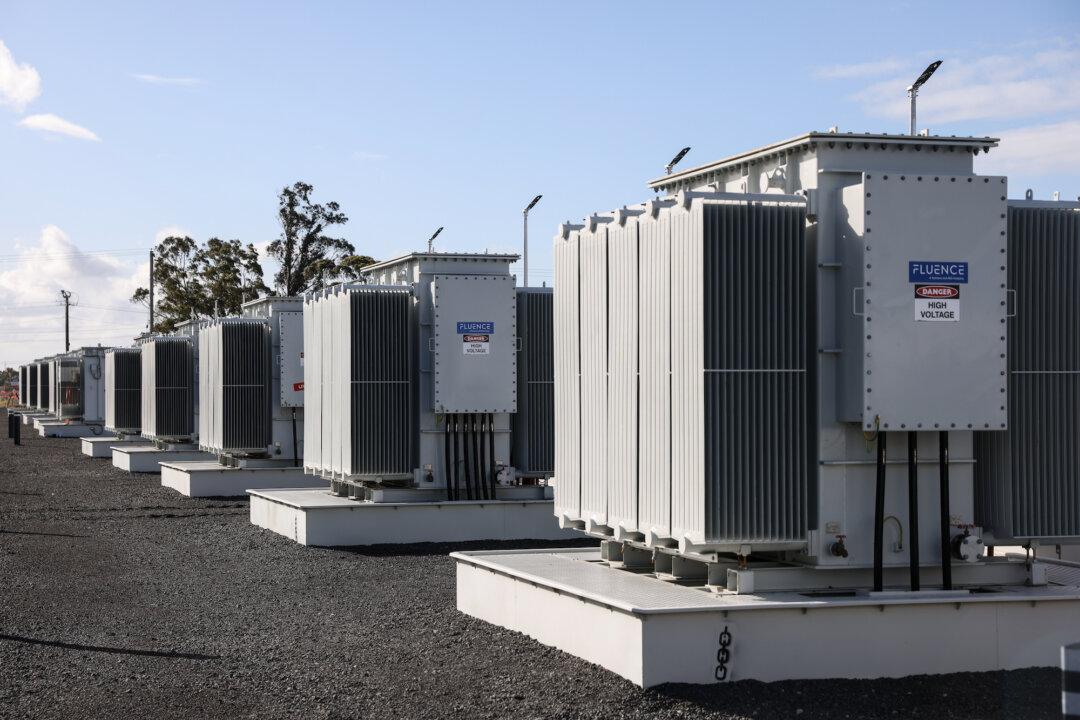The deadly Varroa mite has been detected in the Australian state of New South Wales (NSW) at the Port of Newcastle, threatening the country’s population of European honey bees and the livelihoods of its beekeepers.
Biosecurity surveillance first detected the tiny and reddish-brown mite on June 22; however, hundreds of hives have been identified as infected and destroyed to stop the parasite’s spread.




